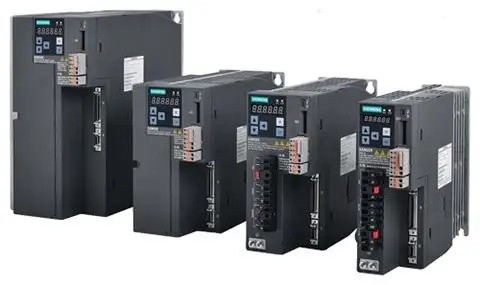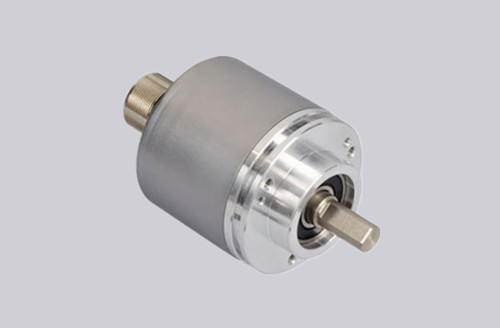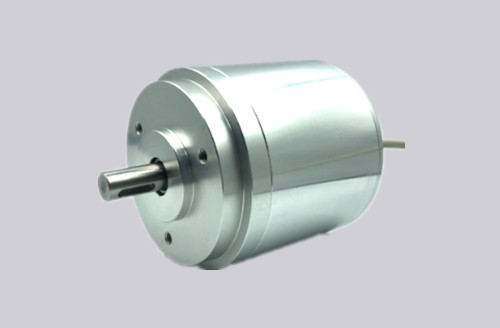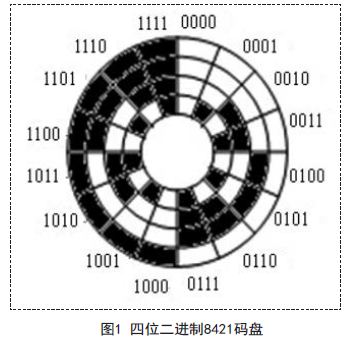Science: Absolute encoders convert analog signals into digital signals
Absolute value encoder is a coding technique commonly used in signal processing and data transmission to convert analog signals into digital signals that can be processed in digital systems. The principle of this encoder is based on the absolute value function, which can effectively represent positive and negative numbers. In this device, the input signal is sampled and converted into a discrete digital sequence. The value of each sampling point is represented by calculating its distance from zero, regardless of whether it is positive or negative. This encoding allows both positive and negative numbers to be represented in an asymmetric manner and eliminates the differences between positive and negative numbers. One of the advantages of the device is its better noise immunity. By focusing only on the amplitude of the signal and not on the positive or negative, it has less effect on noise, which improves the reliability and stability of the signal. The encoder also has low power consumption and a simple circuit structure, making it widely used in many applications. The encoder also has some limitations. First...














 Su Gong Network Security No. 32058302003763
Su Gong Network Security No. 32058302003763

